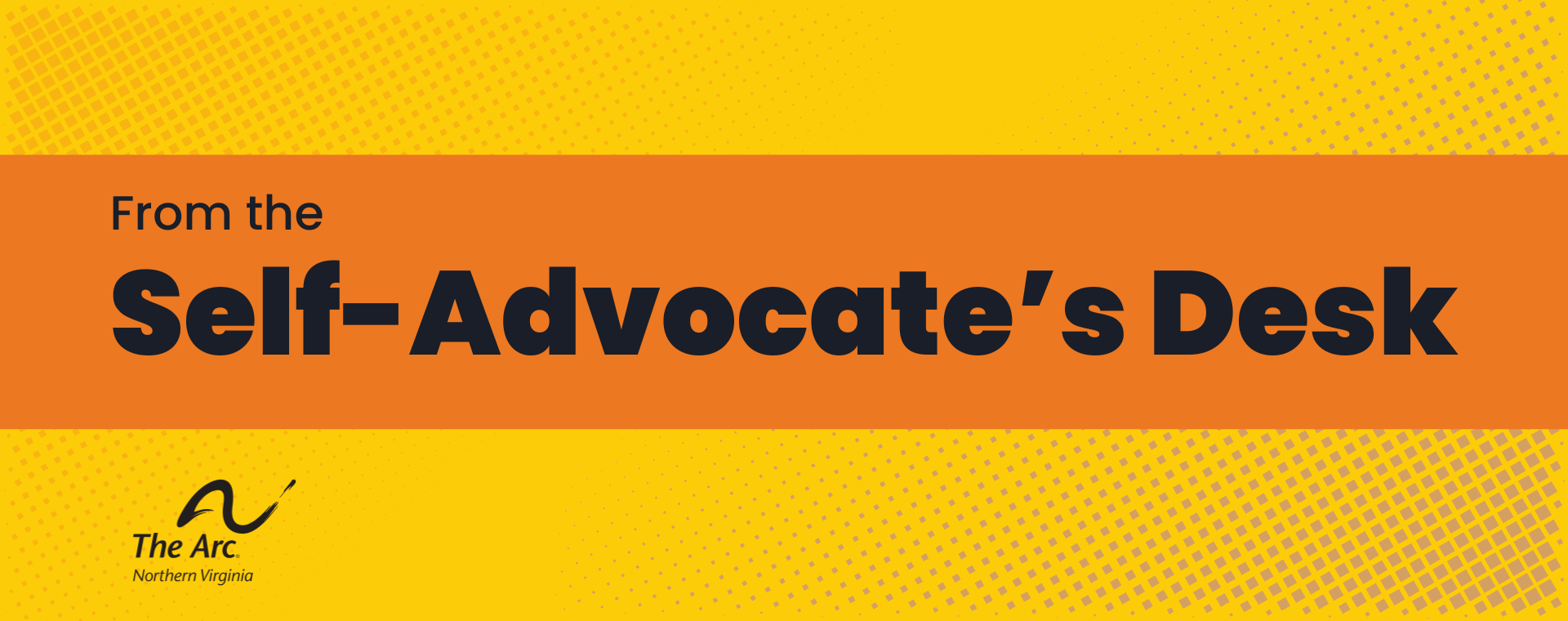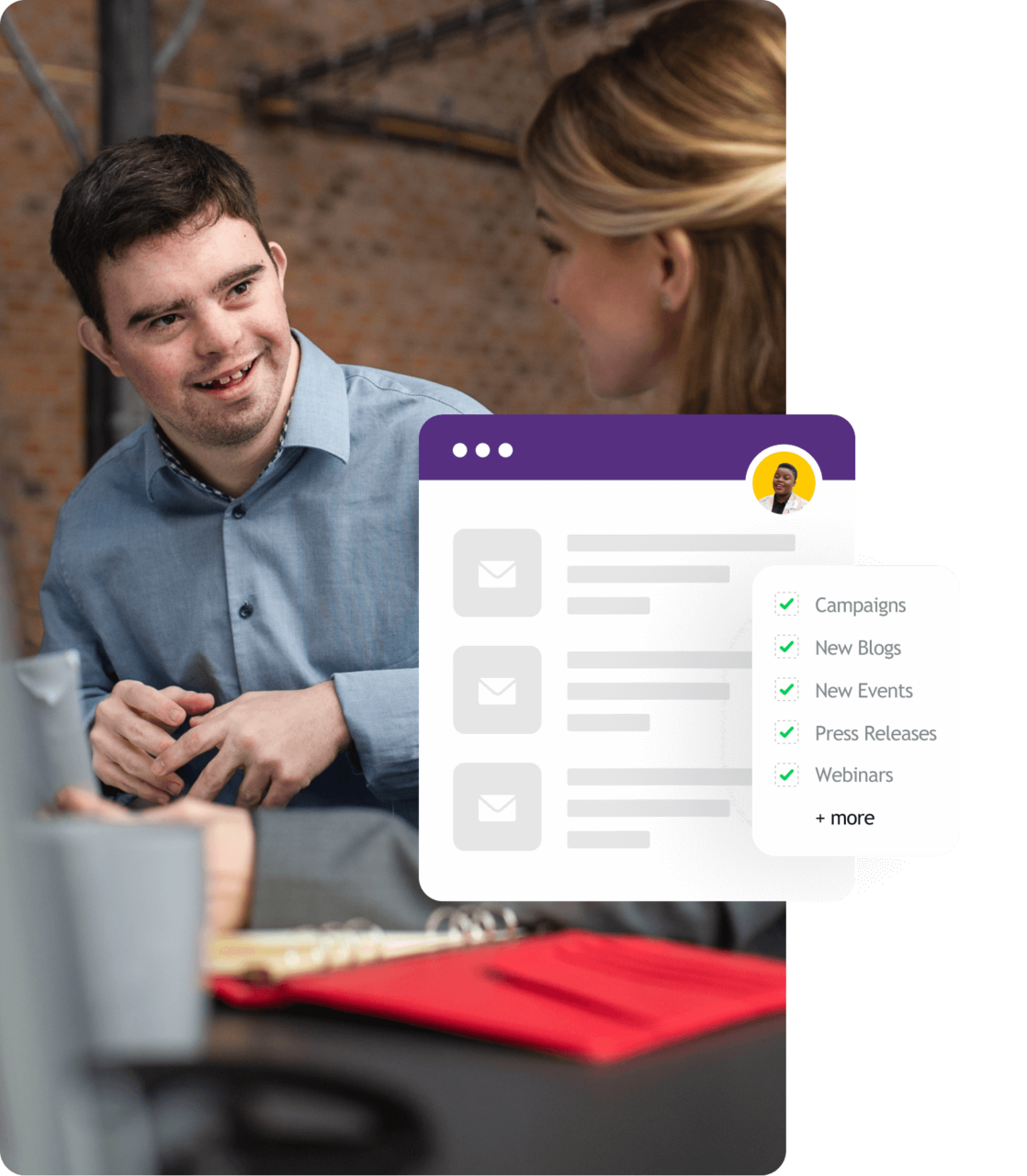When most people hear “CPR,” they think of bringing someone back to life after their heart stops. But Autism CPR is different. Autism CPR is about saving someone’s life from a very different kind of danger—negative consequences that can be just as devastating. That can mean avoiding situations where the police are called, and where things could quickly turn deadly.
In recent years, many autistic people have faced terrible outcomes in moments of crisis, not because they were dangerous, but because the people around them didn’t understand what was happening or how to help. That’s why I’m so glad to be introducing a brand-new guide to Autism CPR.
Autism CPR is all about helping autistic people move from a crisis back to stability. It might sound intimidating, but it’s actually simple—and it can make all the difference. The goal is to get us what we need so we can recover.
Here’s something important to understand: most “meltdowns” you hear about aren’t really meltdowns at all. Most of the time, it’s overstimulation. Overstimulation happens when an autistic person takes in more sensory input than they can process at once. It’s not aggression. It’s not violence. It’s a flood of sights, sounds, textures, or pain signals that feel overwhelming to the brain. And when we’re overstimulated, we are not a threat to ourselves or others.
So what can you do?
First, you need to be prepared. Here’s one simple tool I recommend:
- Sono Flex Lite — a free AAC (Augmentative and Alternative Communication) app by Tobii Dynavox, available on iOS and Android. It’s quick to download and can be a lifeline when someone is having trouble speaking.
Now, here’s how Autism CPR works:
1. Evaluate
Stop for a moment and assess the area. What might be overwhelming? It might seem normal to you, but to an autistic person, small things can hit hard—bright lights, sudden noises, too much motion. Remember, the autistic brain often experiences sensory input more intensely. Look for even the smallest possible triggers.
2. Guide
If it’s safe, gently gesture for the person to come with you and move to a calmer, less stimulating spot. Comfort and safety are the top priorities.
3. Establish Communication
Once you’re in a quieter place and things begin to settle, check if they can communicate verbally. If not, use the AAC app. Let them tell you what they need—and listen carefully. It could be:
- Calling their parents
- Calling a friend
- Having someone stay with them until they feel regulated
- Venting about what happened
- Addressing a specific problem they’re facing
Whatever it is, follow their lead. Their voice—spoken or typed—is the guide.
Autism CPR isn’t perfect, but it’s one of the best tools we have for supporting autistic people in crisis. The truth is, most meltdowns are preventable and don’t require medical intervention. Calling 911 for a meltdown can put an autistic person in real danger. Autism CPR is about helping us regulate before it gets to that point.
This works for anyone on the spectrum—regardless of specific traits or support needs. Autism CPR is about dignity, safety, and understanding. And if more people learn it, fewer autistic lives will be put at risk.
— Justin Boatner

